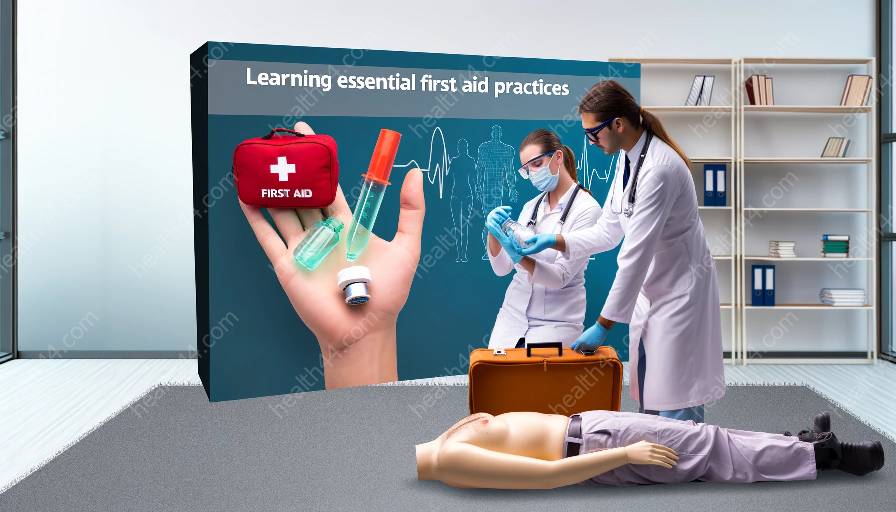Fractures and sprains are common injuries that require immediate and appropriate care. Proper knowledge of first aid and medical training can significantly impact the outcome of these injuries. In this comprehensive guide, we will delve into the details of dealing with fractures and sprains, providing valuable insights and practical tips that are essential for anyone interested in health education and medical training.
Understanding Fractures
Fractures are defined as broken bones, and they can occur as a result of trauma, overuse, or medical conditions that weaken the bones. Understanding the different types of fractures is essential for effective treatment and care:
- Open (Compound) Fracture: In this type of fracture, the broken bone penetrates the skin, leading to an increased risk of infection and other complications.
- Closed (Simple) Fracture: In a closed fracture, the broken bone does not pierce the skin. These fractures are less likely to cause complications related to infection.
- Stress Fracture: Stress fractures are tiny cracks in the bone caused by repetitive stress or overuse, often seen in athletes and individuals engaging in high-impact activities.
- Comminuted Fracture: A comminuted fracture involves the bone being broken into multiple pieces, leading to extensive damage and complexity in treatment.
Signs and Symptoms of Fractures
Recognizing the signs and symptoms of fractures is crucial in providing timely and appropriate care:
- Pain and Tenderness: The injured area will usually be painful, and the person may experience tenderness when touching the affected bone.
- Swelling and Bruising: Fractures often cause swelling and bruising around the injured area due to soft tissue damage.
- Deformity: In some cases, the affected limb may appear deformed or misshapen, indicating a possible fracture.
- Inability to Bear Weight: A person with a fracture may experience difficulty or inability to bear weight on the injured limb.
- Crepitus: Crepitus refers to a grating or crackling sensation or sound that may occur when the broken bone fragments rub against each other.
First Aid for Fractures
Applying appropriate first aid measures is essential in managing fractures effectively until medical help is available:
- Immobilization: Immobilize the injured limb by using splints, slings, or improvised materials to prevent further movement and minimize pain.
- Cold Compress: Apply a cold compress or ice pack to the affected area to reduce swelling and alleviate pain.
- Elevation: Elevate the injured limb if possible to minimize swelling and promote circulation.
- Seek Medical Help: It is crucial to seek medical assistance as soon as possible to receive professional evaluation and appropriate treatment.
Understanding Sprains
Sprains occur when the ligaments that connect and support the bones are stretched or torn due to sudden twisting or impact, causing varying degrees of injury. Understanding the different grades of sprains is vital for proper management:
- Grade I (Mild) Sprain: In a mild sprain, the ligaments are stretched but not torn, causing mild pain and minimal joint instability.
- Grade II (Moderate) Sprain: A moderate sprain involves partial tearing of the ligament, resulting in moderate pain, swelling, and joint instability.
- Grade III (Severe) Sprain: A severe sprain implies a complete tear of the ligament, leading to severe pain, significant swelling, and complete loss of joint function.
Signs and Symptoms of Sprains
Recognizing the signs and symptoms of sprains is crucial for appropriate care and treatment:
- Pain and Tenderness: The affected area will be painful, and the person may experience tenderness upon touching the injured joint.
- Swelling: Sprains often cause swelling due to the body's inflammatory response to the injured ligaments.
- Bruising: Discoloration or bruising may develop around the injured area, indicating tissue damage.
- Instability: Joint instability or the feeling of



